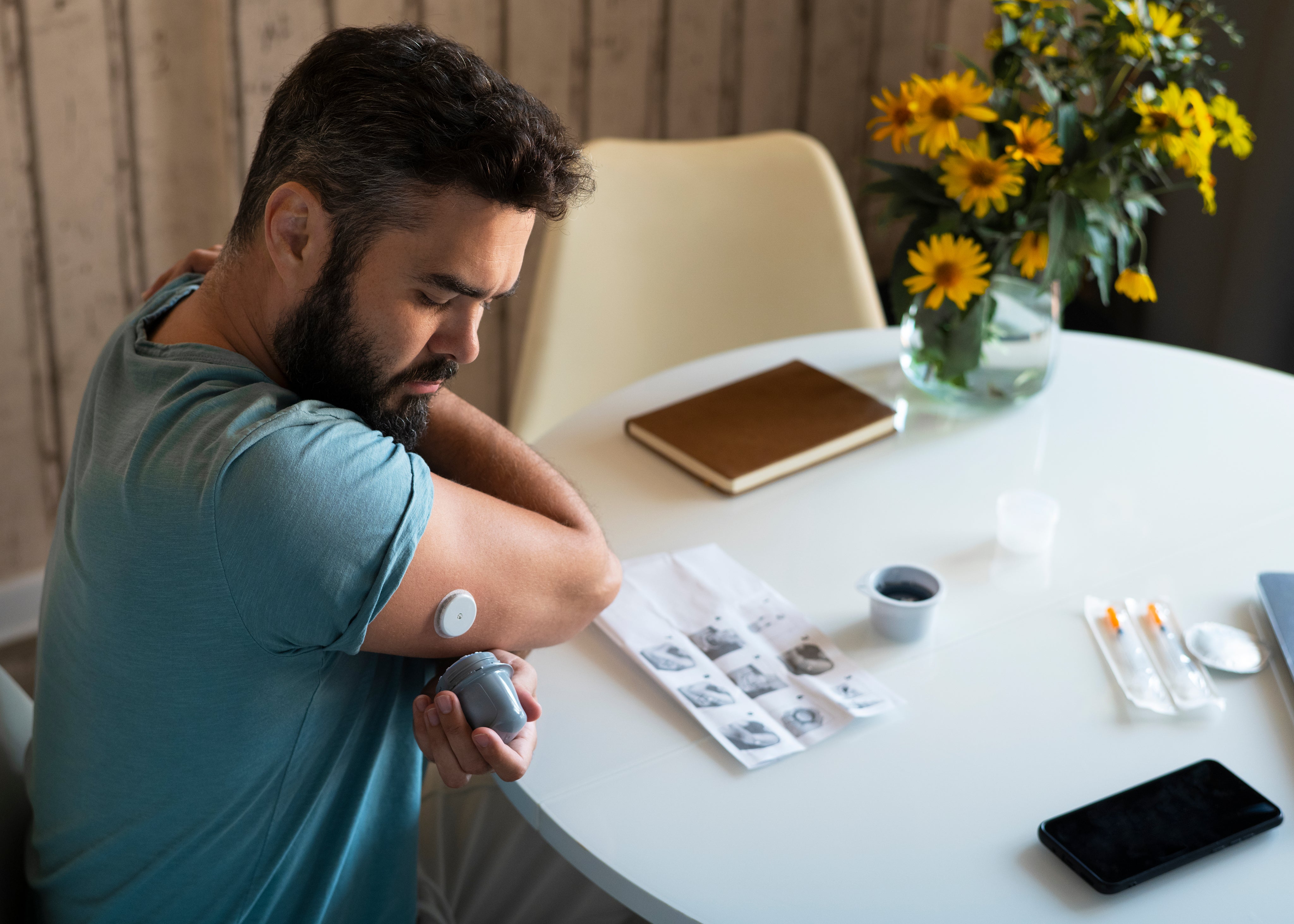Staying Active: The Key to Better Blood Sugar Control
Exercise plays a crucial role in managing diabetes by helping to regulate blood sugar levels, improve insulin sensitivity, and promote overall well-being. Whether you prefer walking, strength training, or yoga, incorporating physical activity into your routine can significantly enhance your diabetes management.
How Exercise Affects Blood Sugar Levels
Physical activity helps move glucose from the bloodstream into your muscles, where it is used for energy. This process reduces blood sugar levels and improves your body's ability to use insulin effectively. Regular exercise also contributes to weight management, heart health, and reduced stress—factors that further support diabetes control.
Best Types of Exercise for Diabetes Management
-
Aerobic Exercise: Activities like walking, cycling, swimming, and dancing help improve cardiovascular health and insulin sensitivity.
-
Strength Training: Resistance exercises, such as weightlifting or bodyweight exercises, build muscle, which increases glucose uptake and stabilizes blood sugar.
-
Flexibility and Balance Exercises: Yoga and stretching routines enhance mobility, reduce stress, and contribute to overall wellness.
-
High-Intensity Interval Training (HIIT): Short bursts of intense exercise followed by rest periods can effectively lower blood sugar levels in a short amount of time.
Exercise Tips for Blood Sugar Management
-
Monitor Blood Sugar Levels: Check your blood sugar before and after exercise to understand how different activities affect you.
-
Stay Hydrated: Drink plenty of water to prevent dehydration, which can impact blood sugar regulation.
-
Start Slow and Progress Gradually: If you're new to exercise, begin with light activities and gradually increase intensity.
-
Be Consistent: Aim for at least 150 minutes of moderate-intensity exercise per week, as recommended by health professionals.
-
Have a Snack if Needed: If you're prone to low blood sugar, carry a small snack like fruit or nuts to maintain stability during workouts.
Creating an Exercise Routine
To get started, choose activities you enjoy and set realistic goals. A mix of aerobic and strength training exercises provides the best results. Consider joining a fitness class, walking with friends, or using fitness apps to stay motivated and track progress.
Final Thoughts
Regular physical activity is a powerful tool for managing diabetes and improving overall health. By incorporating the right exercises into your routine, you can enhance insulin sensitivity, maintain stable blood sugar levels, and boost your well-being. At [Your Store Name], we provide diabetes-friendly fitness accessories and monitoring tools to support your active lifestyle. Explore our collection of products and take control of your health today!







